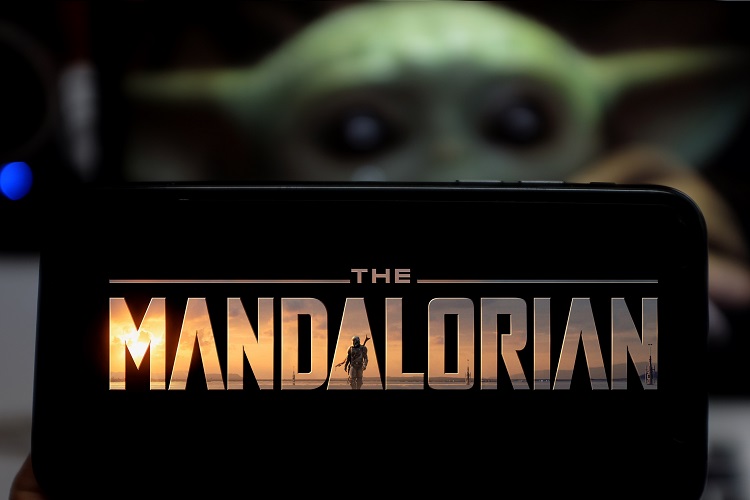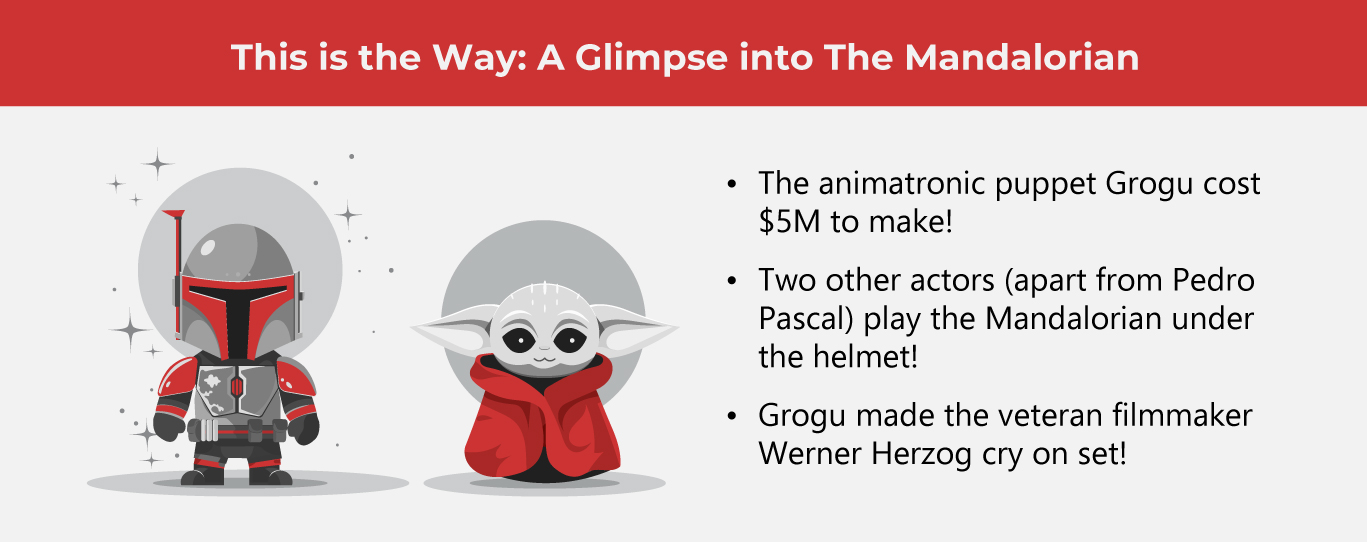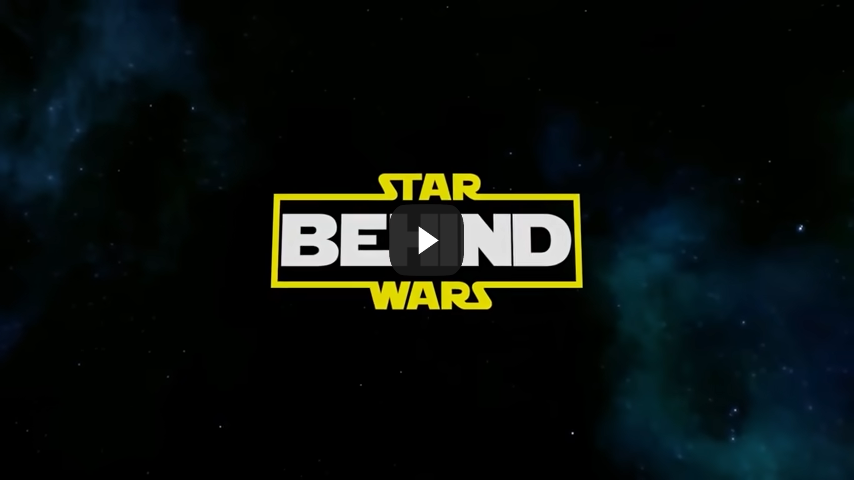The Tech That Made the Mandalorian

“The Mandalorian” was a full-scale new Star Wars story made for streaming platforms, not the cinema, and yet it looked and felt every bit as epic as every Star Wars story deserves to be.
The story centers on a bounty hunter, the Mandalorian Din Djarin, who, on his latest mission inadvertently comes to protect the target he was hired to eliminate. The target in question happens to be a child, a “baby Yoda”, who holds so much potential and just as many secrets. Together, they zip their way across the galaxy, dodging space pirates and other suspicious creatures both from the Imperial Empire and not, while hopping from one planet to the next.
(Also read: Full-stream Ahead: Streaming Trends in 2023)

Goodbye, green screen!
When “The Mandalorian” debuted on Disney+ in 2019, viewers were treated to a brand-new Star Wars story worthy of being screened on larger screens. The hour-long weekly series took viewers to fantastic locations on other planets—from Tattooine to Hoth and back again, and yet the show never relied on packing up to distant locations on Earth, nor did the show’s creative teams rely on a single green screen. How they pulled it off was nothing short of amazing.
“The Mandalorian” was mostly shot in California, according to its creator and showrunner Jon Favreau. It’s thanks to the talent and the technical wizardry of several teams including George Lucas’s Industrial Light & Magic, Lucasfilm, Epic Games, Golem Creations, Fuse, Lux Machina, NVIDIA, Profile Studios, and Arri, that viewers were able to experience the magic of “The Mandalorian”.
The technology the show used to create the stunning otherworldly environments seamlessly is called StageCraft. It’s not a green screen, but an actual virtual environment that every actor on the show can see and react to in real-time as the show is being filmed, and not something that is added in post-production.
The beauty of having this type of virtual environment is in making every imagined element in the Star Wars universe as real as it can possibly get, and a huge and vital element of this is the environment.
“The Mandalorian”’s visual effects supervisor Richard Bluff said, “The approach was a game changer for us, not only by eliminating green screens but by providing everyone on set with a VFX extension that wasn’t there until after the shoot wraps. Instead, it was there on the day, people could interact with it and immerse themselves—the actors, the camera operators, the director of photography.”
The technology of StageCraft is already changing the industry in big ways. Other productions and using it to tell new stories of their own.
When actors can see rather than imagine the space they’re moving in, we get more authentic reactions. The virtual environments move with the actors as they walk, and even move with camera perspectives. It gave everyone who worked on the show a chance to show off the wonder of that galaxy far, far away in an entirely new and jaw-dropping way.
Hello, Baby Yoda!
Central to the show’s storyline is the Child, or as he was called in the first season of “The Mandalorian”, Baby Yoda. Because of his cuteness, “The Mandalorian” captured the hearts of true-blue Star Wars fans, and even created new ones! Don’t be fooled—cute does not come easy!
The creation of the Child, a.k.a. Baby Yoda, a.k.a. Grogu was an intense, rigorous, and extremely thoughtful process. From its conception to its final execution, it took a village to birth and raise what is arguably the cutest critter in the Star Wars canon.
What was initially planned to be a CGI-generated character with minimal exposure became a full-blown cast member. Grogu needed to be as real as he could get for his vulnerability to come through, so practical special effects and puppet wizardry came to the rescue!
The Grogu puppet was created by Legacy Effects and took $5 million to make! On the set of the show, Grogu was operated by many puppeteers—one for his eyes, another for his facial expressions, plus an entire other team handling the puppet’s animatronics! Think of it as an orchestra, with many instrumentalists using their talent, moving perfectly in sync and moving as one.
When Grogu made his debut on the set, he was so cute he even made seasoned auteur Werner Herzog (who played The Client in season 1) cry! The film director raved about his experience with Grogu saying, “It’s heartbreakingly beautiful!”
Because Grogu looked and felt real, everyone on set considered the puppet their castmate, and he was treated as a real living thing! Even after the show wrapped, Grogu even made the occasional appearance on panels for “The Mandalorian” at conventions, making the audience and members of the press cheer for and applaud him. How’s that for the power of cuteness?
It’s because of the amazing realism that made viewers not only care for him in “The Mandalorian”, but want to protect him and want to fight for him in every episode. And that’s also what made the on-screen chemistry between him and the actor who played the Mandalorian, Pedro Pascal, that much more powerful.
With the third season all wrapped up in April 2023, fans wonder whether Din Djarin and Din Grogu’s story will continue in a new season. There is no set date for a season 4 premiere as of yet, but reports are saying that a fourth season may come by 2024. The wait should be worth it, and fans are more than willing to sit it out for more adventures with Grogu. As the titular character often says on the show, “This is the way.”
 As one of the Top 19 EMS companies in the world, IMI has over 40 years of experience in providing electronics manufacturing and technology solutions.
As one of the Top 19 EMS companies in the world, IMI has over 40 years of experience in providing electronics manufacturing and technology solutions.
We are ready to support your business on a global scale.
Our proven technical expertise, worldwide reach, and vast experience in high-growth and emerging markets make us the ideal global manufacturing solutions partner.
Let's work together to build our future today.
Other Blog


